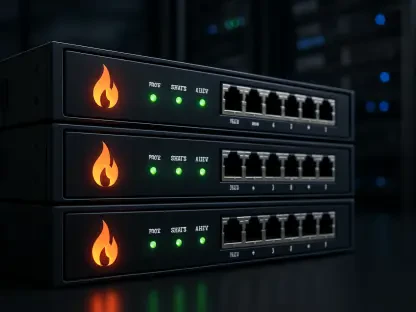The recent unveiling of the T1 Phone by the Trump Organization marks a significant entry into the smartphone market, with the Trump Mobile network serving as its backbone. This venture attempts to carve out a distinct space by intertwining tech innovation with the political charisma associated with Donald Trump. The ambition is evident in how the organization wants to disrupt conventional trends and challenge established players in this competitive sector. Trump Mobile promises attractive service plans, unique offerings, and a network designed to capture a particular segment of the current user base from leading carriers such as T-Mobile, AT&T, and Verizon. As such introductions to projects can drastically change the industry, this attempt raises questions about feasibility, positioning, and impact on market dynamics amid prevalent tech offerings.
Trump Mobile’s Proposed Business Model
Trump Mobile’s business strategy revolves around adopting tactics used by Mobile Virtual Network Operators (MVNOs). Drawing parallels to players like Mint Mobile, this approach allows them to purchase network access from established carriers without needing their own infrastructure. Thus, Trump Organization’s telecommunications arm targets ideologically aligned consumers by binding political branding with tailored service experiences. Eric Trump notably promised features such as international calling across hundreds of nations without additional fees and telemedicine services, suggesting statistical advantages. This merging of political affiliations with technology appeals to niche market segments. Success depends on delivering unmatched value services, though risks remain if expectations—or even impressions of unbiased service delivery—grow beyond capacity.
Challenges with Manufacturing and Logistics
One prominent claim made about the T1 Phone is its complete manufacturing within U.S. borders, though this assertion faces scrutiny from industry analysts due to the globalized nature of tech production. With components sourced internationally—for instance, displays from South Korea and processors from Taiwan—the proposition of entirely domestic manufacturing seems ambitious and potentially unrealistic. Experts argue that while assembly may occur stateside, full production could encounter obstacles. This speculation is compounded by logistical concerns voiced during the pre-ordering stage, with reports of payment issues and lack of shipping confirmations adding elements of uncertainty concerning consumer experiences. Overcoming these hurdles is crucial and requires clarity regarding the project’s realistic scope of production.
Potential Market Impact and User Reception
The T1 Phone’s specifications position it as competitive with mid-to-high range smartphones, featuring a 6.8″ AMOLED display, 12GB RAM, a robust 5000mAh battery, and advanced security involving AI and fingerprint technology. Promising attributes align with consumer demand for high-performance devices, potentially drawing interest from tech-savvy buyers. Yet, lingering doubts regarding production authenticity, service logistics, and initial user experiences could cloud this reception. Comparisons to the ill-fated Freedom Phone, known for rebranding inexpensive products from China, might amplify reputational risks. Such precedents emphasize the critical need to balance compelling propositions with real-manufactured quality, aligning expectations with deliverable outcomes to avoid market missteps.
Long-Term Viability in a Challenging Landscape
The Trump Mobile endeavor signifies an intriguing attempt to blend ideological appeal with technological innovation, but the path to sustainable success is not free of challenges. Confidence in delivery, maintaining transparent operation mechanisms, and assuring consistent service quality become pivotal in transforming initial curiosity into long-term brand loyalty. Without clarity on production and responsive service, risks of skepticism and logistical friction remain substantial barriers. This venture’s future depends heavily on bridging gaps in execution, clearly defining product origins, effectively utilizing political branding, and establishing a credible presence among tech competitors. In the end, successfully navigating these complex markets requires not just unique offerings but methods ensuring both emotional and practical product value.









